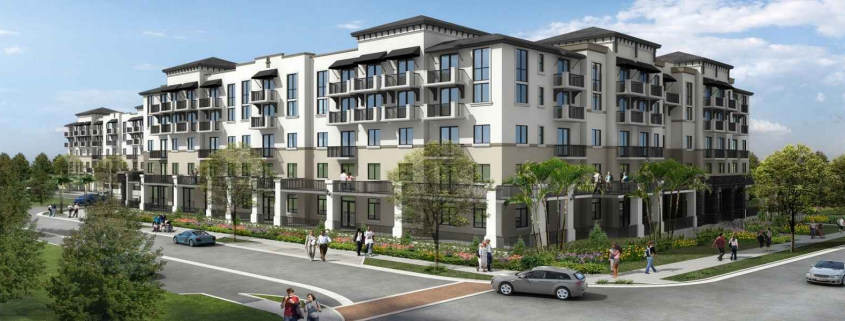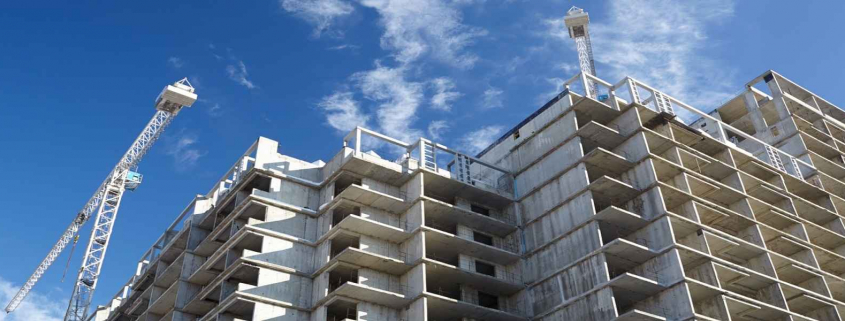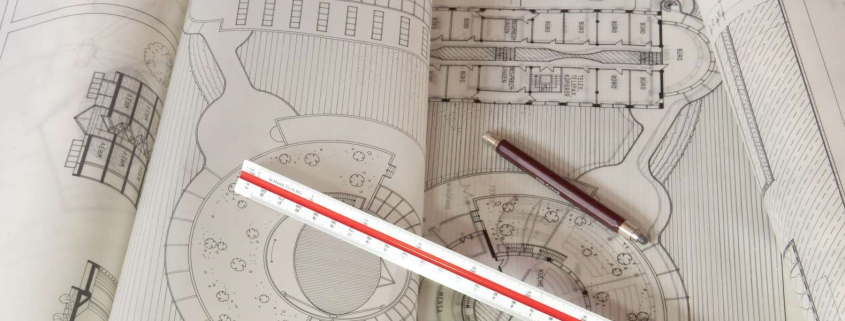Best-known as a megalopolis, it’s South Florida’s smaller cities that are grabbing the attention of Estate Investments Group (EIG).
Here are two of their most recent projects in the past month:
- The investment firm currently focusing on multifamily closed on $51 million in construction financing for a new luxury multifamily property called Soleste Alameda in the small city of West Miami, which is only three-quarters of a square mile with a population of about 6,000.
- The company also closed on $34 million in construction financing for its 211-unit Soleste Bay Village in the Downtown Urban Village of Palmetto Bay, a larger city of about 24,000 residents.
“Neighborhoods throughout Miami are going from overlooked to booming at an incredible pace,” said Robert Suris, Founder and Principal of EIG. “While the Village of Palmetto Bay has been growing and evolving at a steady rate over the last couple of years, the levels of interest from developers, investors and potential residents are really starting to pick up. The entire area is on the cusp of some major activity and we’re going to be ready,”
The company is bullish on the continued growth of residential demand throughout Palmetto Bay as well as the entire South Dade region, says a news release.
The multifamily Soleste Alameda community is the fifth EIG funded property in the city of West Miami. Construction is already underway with completion slated for early 2020.
Resort Style Amenities Are Standard
As is the case with all EIG-developed properties, Soleste Bay Village will feature a variety of resort-inspired amenities including a hotel-style pool with an expansive sundeck and private cabanas, a state-of-the-art fitness facility and a children’s playground, among other amenities.
Currently, EIG has five additional Soleste-branded properties across varying stages of development throughout South Florida. These include the 338-unit Soleste Twenty2, the 330-unit Soleste Blue Lagoon, the 306-unit Soleste Alameda, the 350-unit Soleste Grand Central which is also located in another Qualified Opportunity Zone, the 99-unit Soleste Park View and the 251-unit Soleste Uptown.
EIG has completed and sold over $200 million in residential real estate assets in the past two years with another $400+ million in multifamily assets in different stages of its pipeline.
Source: GlobeSt.






